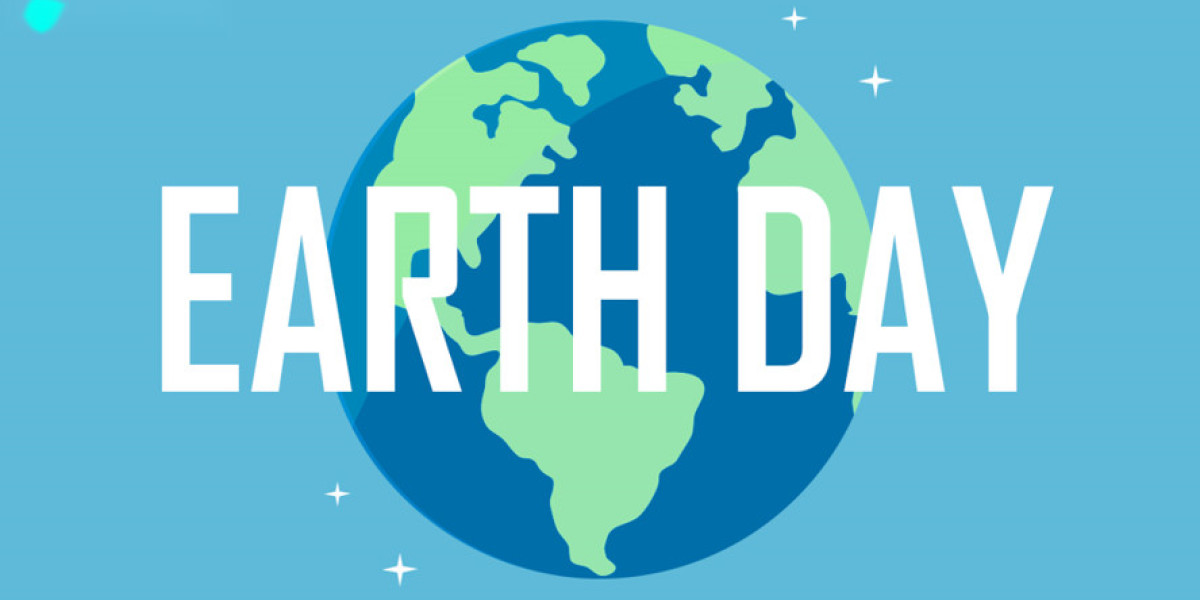The ride-hailing industry has transformed urban transportation, and few names shine brighter than Uber. If you’ve ever wanted to create an app like Uber, now is the right time. The on-demand mobility sector is booming, with millions of users relying on such apps daily for safe, quick, and affordable rides. Developing a similar platform requires deep planning, robust architecture, and strategic cost allocation.
In this comprehensive guide, we’ll walk you through every detail — from the custom app development cost to the key features, technologies, and the hidden factors that determine the total cost to build an Uber-like app in 2025.
Understanding the Uber App Business Model
Before diving into the app development cost, it’s essential to understand why apps like Uber are so successful. Uber’s model connects drivers and passengers through a seamless mobile interface, powered by real-time location tracking, dynamic pricing, and intuitive design.
When you make an app like Uber, you’re not just creating a ride-booking platform. You’re building a robust on-demand service ecosystem that handles millions of transactions daily. Its three-tier system—Passenger App, Driver App, and Admin Panel—works together to ensure reliability, trust, and scalability.
Uber’s success relies heavily on its real-time data analytics, GPS integrations, AI-based route optimization, and automated fare calculation systems. If you plan to build an Uber like app, these are the core elements that need careful engineering and financial planning.
Get a Free Quote for Your Uber-Like App Today!
Core Components Required to Create an App Like Uber
A top-tier app development company divides Uber-like app architecture into multiple modules. Each component directly impacts your mobile app development cost, depending on its complexity and customization level.
1. Passenger App
The rider-facing side focuses on user experience and simplicity. Features such as ride requests, fare estimates, real-time tracking, and digital payments are standard. Modern users also expect multi-language support and rating systems.
2. Driver App
This version helps drivers accept rides, navigate, and manage earnings. Integrations like map APIs, navigation systems, and communication modules significantly add to the custom app development cost.
3. Admin Dashboard
The admin panel monitors overall platform performance. It handles driver verification, fare adjustments, user disputes, and data analytics. Advanced dashboards that use AI-driven insights or real-time alerts can raise your app creation cost but greatly improve efficiency.
Each of these layers forms the foundation of a mobile app development project like Uber, and together, they define the scope and budget of the system.
Step-by-Step Process to Build Uber Like App
Building an Uber-like app demands both technical expertise and business strategy. Leading mobile app development companies follow a structured process to ensure scalability and cost efficiency.
1. Market Research & Ideation
Before development, your team must analyze competitors, identify your niche, and define target regions. Understanding how people use apps like Uber helps shape your product vision.
2. UI/UX Design
Design defines first impressions. A minimal yet functional interface for both users and drivers keeps engagement high. Investing in top-quality design might increase mobile app development cost, but it pays off in retention rates.
3. Backend Development
This is where scalability matters most. Building APIs for user authentication, payment gateways, and GPS tracking systems involves complex coding frameworks like Node.js or Python. Backend engineering contributes up to 40% of the mobile app development.
4. Integration of APIs
Ride-hailing apps rely heavily on APIs such as Google Maps, Stripe, Twilio, or Firebase. While these enhance the user experience, they also impact recurring costs due to usage-based billing models.
5. Testing and Deployment
Rigorous QA ensures bug-free performance. Testing includes both manual and automated validation for all devices and network conditions.
6. Post-Launch Maintenance
After your Uber-like app goes live, continuous updates, server costs, and customer support can add 15–20% of the total app development cost annually.
Detailed Cost Breakdown for Uber Like App Development
Now, let’s explore what it really costs to create an app like Uber in 2025. The total price varies depending on complexity, platform, team size, and location of your app development company.
Basic App (MVP)
If you’re just validating your idea, a Minimum Viable Product (MVP) with limited features such as registration, ride request, and payment integration costs between $25,000 to $40,000.
Mid-Level Uber-Like App
For startups seeking scalable functionality like live tracking, chat options, and driver analytics, the budget may range from $50,000 to $80,000.
Advanced Uber-Like App
For enterprise-level platforms with AI-driven route optimization, multi-city support, and predictive analytics, the uber app development cost can reach $100,000 to $200,000 or more.
Each cost tier depends on your choice of mobile app development company, technology stack, and backend infrastructure.
Key Factors Influencing App Development Cost
The final custom app development cost is shaped by multiple variables that extend beyond coding. Let’s analyze the biggest cost drivers.
1. App Complexity
The number of features, third-party integrations, and AI/ML components directly impact pricing.
2. Development Platform
Developing for Android or iOS individually costs less than creating a cross-platform solution using frameworks like Flutter or React Native.
3. UI/UX Customization
Design intricacy affects both user engagement and app build cost. Uber’s clean layout and one-tap booking flow took months of refinement.
4. Geographic Location of Developers
Hiring a mobile app development company in India can be up to 60% cheaper than in the US or UK, without compromising quality.
5. App Maintenance
Ongoing maintenance, cloud hosting, and regular feature upgrades usually cost around 20% of the total app cost per year.
When estimating your app creation cost, factor in these long-term investments to avoid budget surprises.
Technology Stack for Uber Like App Development
The tech stack influences the speed, reliability, and future scalability of your Uber like app development project.
Backend technologies such as Node.js, Express, MongoDB, Firebase, and AWS ensure a strong infrastructure. Frontend frameworks like Flutter or React Native offer smooth cross-platform experiences. For maps, Google Maps SDK or Mapbox API provides accurate tracking.
Integrating secure payment systems (Stripe, Razorpay, Braintree) adds to the app development cost, but is vital for trust and compliance.
In short, your technology choices can either streamline your project or double your budget if not planned wisely.
Comparing Native vs. Cross-Platform Development Costs
When you make an app like Uber, one of the first decisions is choosing between native and cross-platform development.
Native Apps
Native apps are built specifically for iOS or Android. They offer better performance but require separate development efforts. This doubles your mobile app development cost, but ensures higher speed and stability.
Cross-Platform Apps
Using frameworks like Flutter or React Native reduces cost and time. Cross-platform development can save up to 30% of the total app development cost while maintaining consistent functionality across devices.
The right choice depends on your timeline, audience, and scalability goals.
How Delivery Apps Compare to Uber-Like Apps
The rise of delivery platforms such as UberEats and DoorDash follows a similar structure. A delivery app shares the same fundamentals—real-time tracking, customer-driver interaction, and payment processing.
However, delivery app development cost can vary slightly because of inventory management, order tracking, and restaurant/delivery partner integrations. A basic delivery app starts from $40,000 and scales depending on features.
Building a delivery app or services app under the Uber model offers immense potential for startups looking to enter logistics, healthcare, or home services. The demand for uber delivery app solutions continues to grow in 2025.
Why Hire a Professional App Development Company
Partnering with an experienced app development company is the smartest move when you aim to create an app like Uber. Professionals understand not only the coding part but also the strategic side of app business — from UX psychology to cloud scalability.
A reputable mobile app development company ensures that your uber like app development cost stays optimized by using reusable components, automation tools, and efficient project management. Their technical expertise also guarantees compliance with data protection laws and payment security standards.
If you’re planning to build app infrastructure that can scale to millions of users, always choose an agency with proven experience in app development services.
Hidden Costs to Consider During App Development
Many startups underestimate the hidden expenses associated with app development. Beyond design and coding, there are backend server costs, security testing, legal fees, and third-party subscription services.
For instance, integrating premium APIs for SMS verification or geofencing adds recurring monthly charges. Likewise, marketing, user onboarding, and app store optimization can add another 10–15% to your total app cost.
Being transparent about these costs from the start helps you plan your app business strategy effectively and ensures smoother financial execution.
Timeline for Building an Uber-Like App
On average, it takes about 4–9 months to build an Uber like app, depending on its complexity and features.
An MVP can be ready in 3–4 months, while an advanced version with complex analytics, loyalty programs, and AI algorithms can take 8–12 months.
The development speed also depends on the size and capability of your app company. Faster delivery often means higher costs, especially when involving multiple specialists working in parallel.
Monetization Strategies for Uber-Like Apps
While analyzing the uber app development cost, it’s equally vital to focus on how your app will generate revenue. Uber primarily earns through commission fees, surge pricing, and driver subscriptions.
If you’re planning to make an app like Uber, consider adding income streams such as ad placements, partnerships, or premium loyalty memberships.
Your app business model should be flexible enough to adapt to user behavior and market conditions, ensuring long-term profitability.
How to Reduce Mobile App Development Cost Without Losing Quality
One of the most common startup challenges is controlling mobile app development cost without compromising performance.
Using agile development methodologies, outsourcing to a mobile app development company in cost-effective regions, and leveraging pre-built APIs can save both time and budget.
Additionally, developing your product as an MVP first allows you to test your market fit before committing to full-scale app development services.
These cost-efficient methods help you scale sustainably and minimize unnecessary expenses.
Future Trends Impacting Uber-Like App Development
As we move into 2025, apps like Uber are embracing technologies like AI-powered driver analytics, IoT-based vehicle tracking, and blockchain-based payments.
Developers are also integrating voice commands, AR route visualization, and predictive maintenance alerts to enhance user engagement.
If you’re planning to get an Uber like app developed now, considering these futuristic features ensures your product remains relevant and competitive for the next five years.
Conclusion
Building a successful ride-hailing platform isn’t just about coding — it’s about creating value through innovation, design, and reliability. When you create an app like Uber, you’re investing in an ecosystem that blends mobility with technology.
Your app development cost depends on scope, features, and expertise, but partnering with the right app development company makes all the difference.
If you’re ready to turn your ride-sharing idea into a reality, now’s the perfect time to collaborate with a trusted mobile app development company and bring your vision to life.








